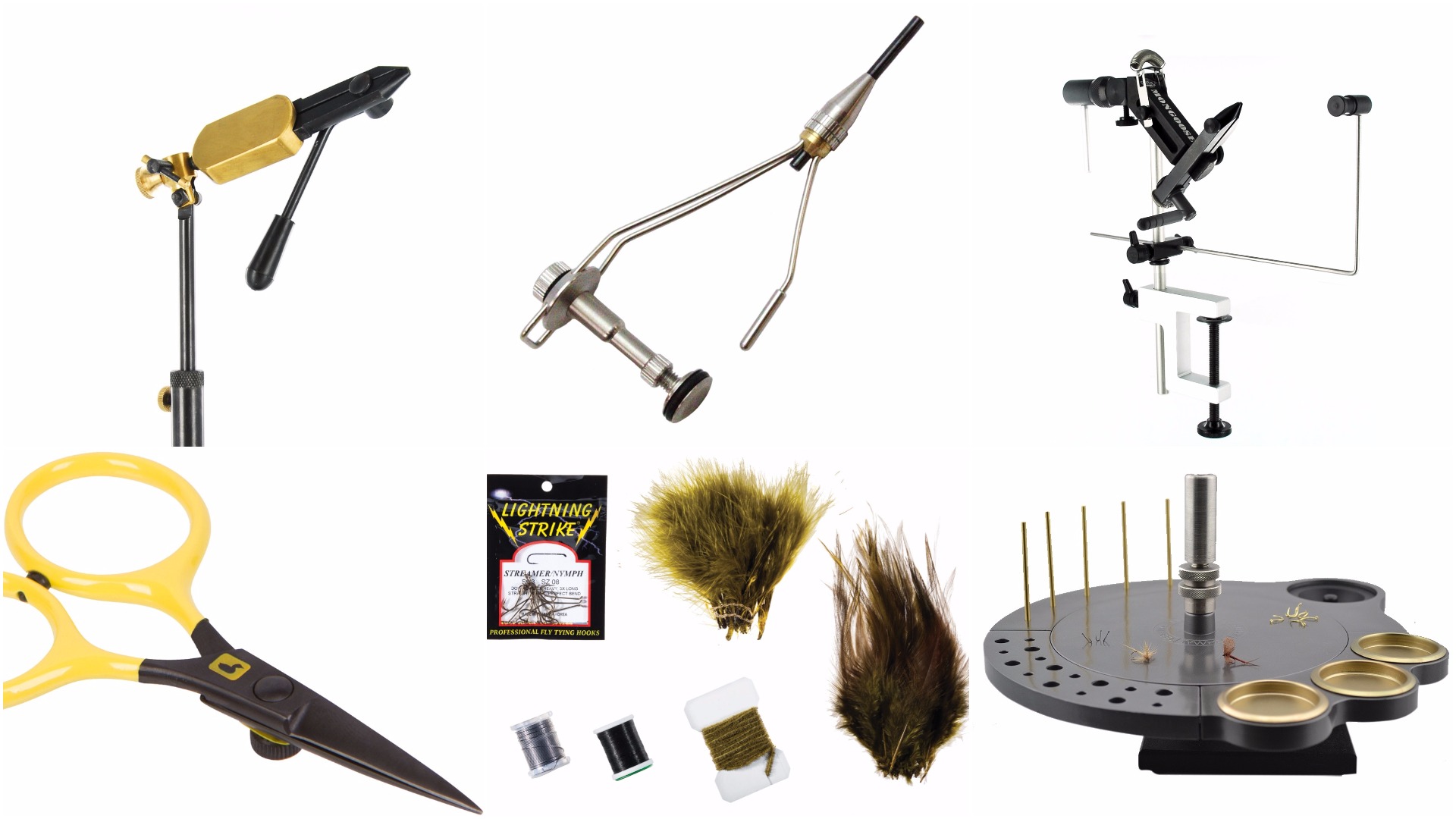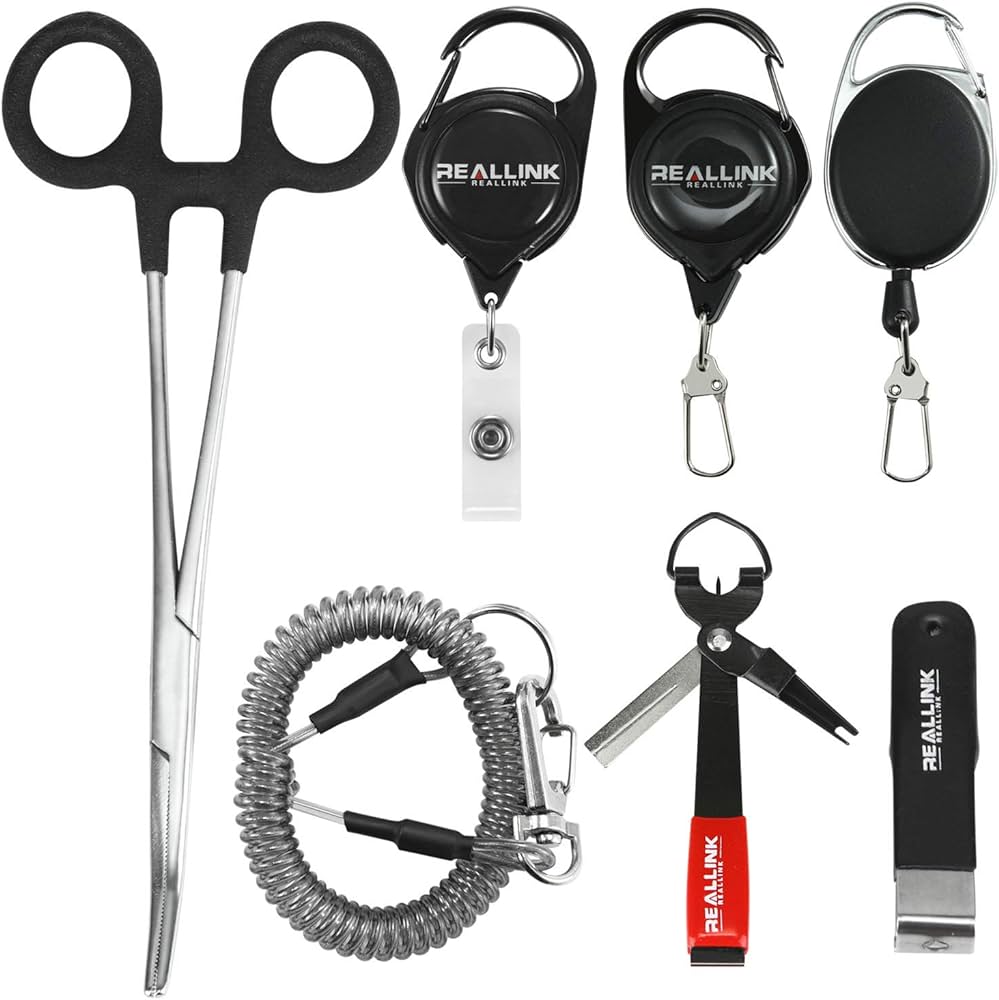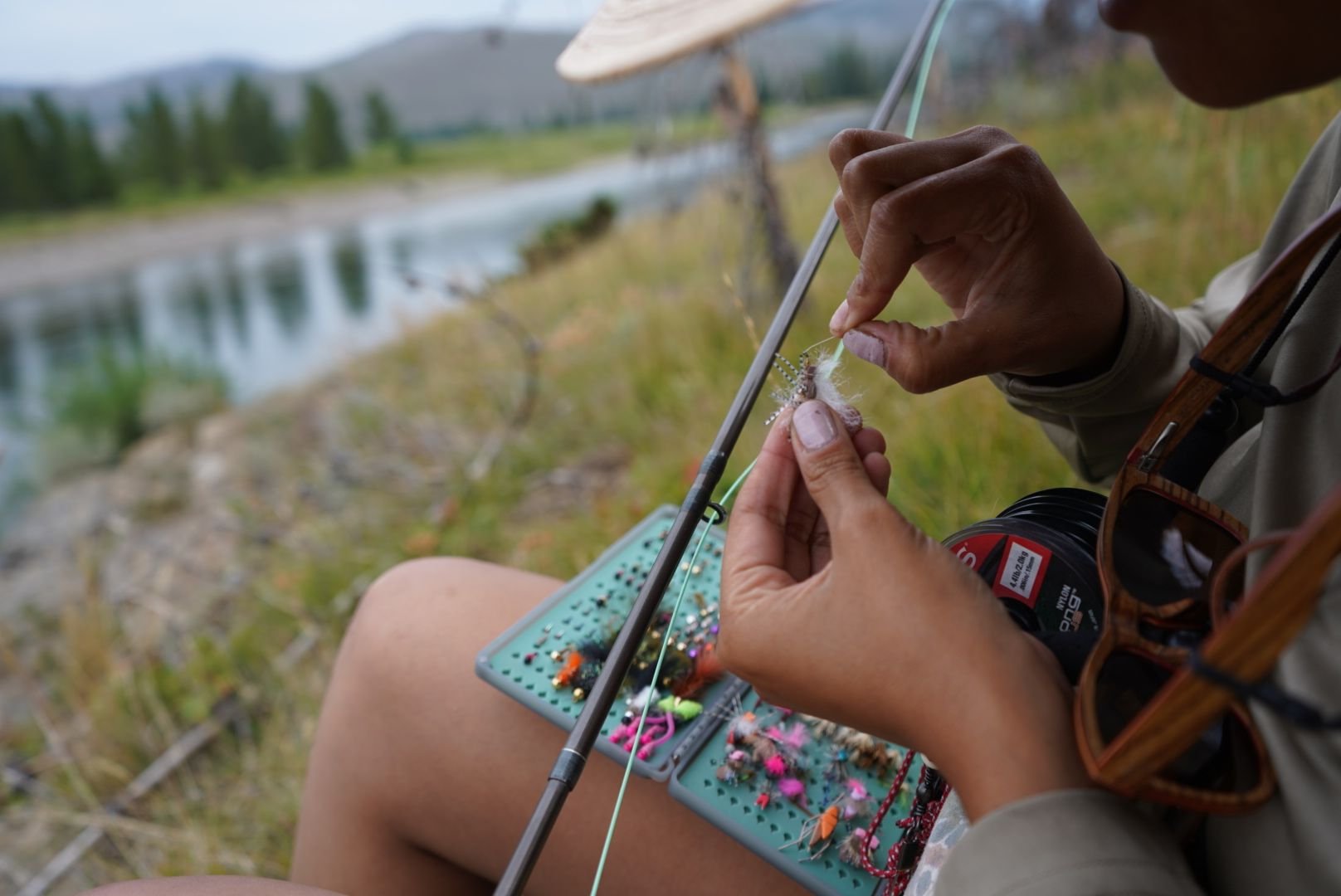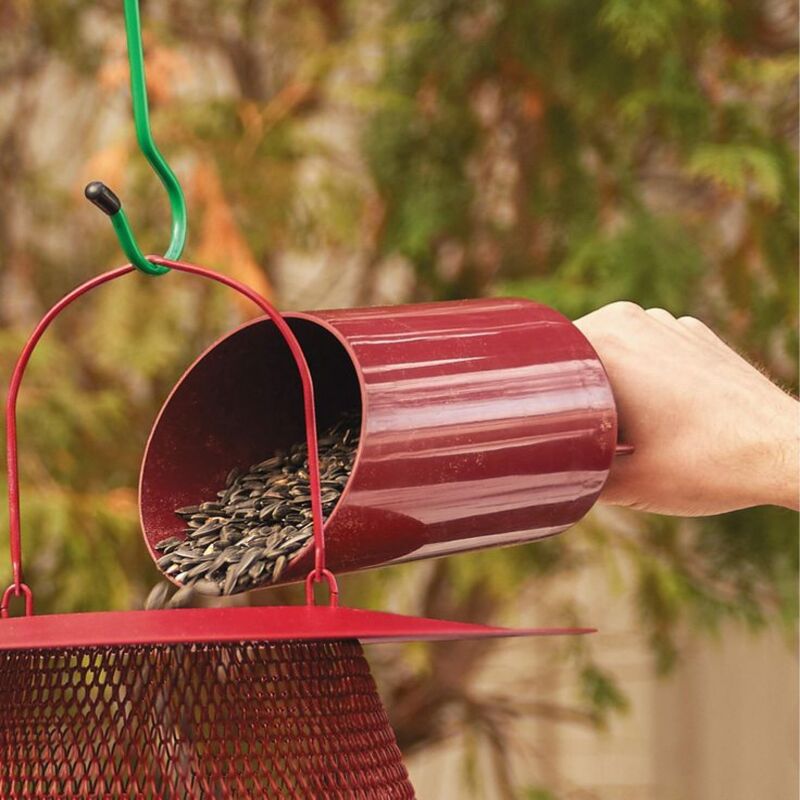I. Introduction
A. The Timeless Craft of Fly Fishing
Since ancient times, the art of fly fishing has captivated and inspired anglers across the globe. This elegant and meditative pursuit dates back centuries and has evolved into a revered and timeless tradition. With its deep connection to nature and the pursuit of elusive fish species, fly fishing has become an esteemed practice that intertwines tradition and technique.
B. The Significance of Mastering Tools in Fly Fishing
Mastering fly fishing tools is an essential component that elevates the experience of anglers. The selection and use of the right equipment are crucial for success in this art form. From rods and reels to lines, flies, and various accessories, proficiency in using and understanding these tools enriches the Fly Fisher’s journey, amplifying the joys of the sport.
II. The Essential Gear for Fly Fishing
A. Fly Rods: A Guide to Types and Uses
Fly rods are the fundamental tools of the fly fisher, and understanding their types and uses is paramount. From the nuanced action and length to the material used in construction, each element plays a critical role in the performance of the rod. Matching the rod to the specific demands of each fishing situation is vital for achieving precision and success on the water.
B. Exploring Different Types of Fly Reels
Fly reels are another essential component in the fly fisher’s arsenal. An exploration of the various types, such as single action, multiplier, and automatic reels, unveils the differences in design, construction, and functionality. Understanding the mechanisms and features of different fly reels provides insight into how they complement and enhance the performance of fly rods.
III. Understanding Fly Lines and Backing
A. Line Weight and Taper Selection
Delving into the intricacies of fly lines unveils the importance of selecting the right line weight and taper. The weight of the line and its taper directly impact casting precision, presentation, and the ability to manage varying fishing conditions. Mastery of these attributes is key to achieving control and finesse in fly fishing.
B. Importance of Quality Backing in Fly Fishing
Quality backing plays a crucial role in fly fishing, acting as a vital link between the angler and the fish. Understanding the material, strength, and capacity of backing enhances the fly fisher’s preparedness for handling larger fish, strong currents, and long-running fights. An optimal backing system provides the security and confidence required in challenging fishing scenarios.
IV. Essential Flies and Fly Tying
A. Overview of Common Fly Patterns
An overview and exploration of common fly patterns familiarize anglers with essential fly designs and their respective applications. Understanding the characteristics and imitations of dry flies, wet flies, nymphs, and streamers enables anglers to cater to various species, environments, and feeding behaviors. This knowledge forms the foundation of effective fly fishing strategies.
B. Mastering the Art of Fly Tying Techniques
The craft of fly tying is a blend of precision, artistry, and entomology. Mastering the art of creating and imitating various fly patterns demands a keen understanding of materials, tools, and techniques. The meticulous process of tying flies grants anglers a deeper appreciation of the entomological world while enabling them to tailor flies to specific fishing scenarios.
Transition: With the fundamental gear, lines, and flies covered, let’s move on to other critical tools and accessories for the fly fisher’s arsenal.
V. Tools and Accessories for the Fly Fisher
A. Navigating the Array of Leaders and Tippets
Leaders and tippets play a vital role in presenting the fly and connecting the angler to the fish. Understanding the characteristics of different leader and tippet materials, lengths, and diameters is essential for achieving proper presentation, strength, and finesse in casting and landing fish.
B. Equipment for Proper Fly Casting and Presentation
A range of fundamental tools and gear, such as floatants, fly boxes, and strike indicators, contribute to successful casting and presentation. Managing these tools effectively ensures smooth and controlled delivery of fly patterns, precise presentation, and heightened chances of attracting and enticing fish.
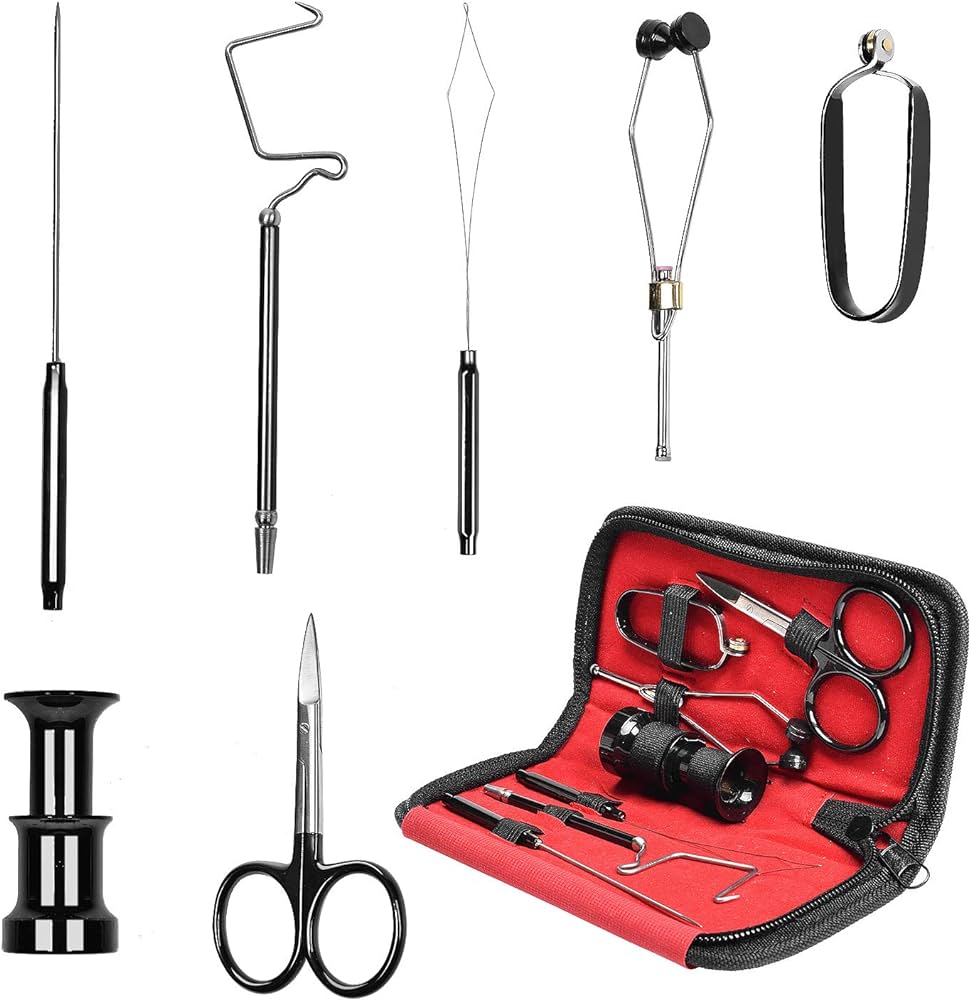
VI. Understanding Waders and Boots
A. Choosing the Right Waders for Fly Fishing
Waders are essential for fishing in all types of water, providing protection and comfort for anglers. Understanding the varying types, materials, and features of waders helps anglers select the most suitable options for their fishing environments and desired functionalities. Mastering this essential gear is crucial for extended comfort and safety during fishing excursions.
B. Selecting the Proper Boots and Footwear
Selecting the appropriate boots and footwear for fly fishing is paramount for stability, support, and safety. Different types of boots, traction systems, and material considerations cater to diverse aquatic environments, terrain types, and fishing conditions, enabling anglers to maneuver confidently while maintaining protection and traction.
VII. Tools for Streamside Preparation and Maintenance
A. Necessities for Proper Streamside Preparation
Proper streamside preparation involves the selection and organization of tools, such as forceps, nippers, and knot tying tools. These essential implements facilitate fly changes, line management, efficient knot tying, and other necessary on-the-go tasks, empowering anglers to adapt swiftly to changing fishing conditions.
B. Maintenance Tools for Fly Fishing Gear
Fly fishing gear maintenance is crucial for optimal performance and longevity. Understanding the care and maintenance requirements for rods, reels, lines, and other tools ensures the reliability and durability of the angler’s equipment, contributing to a seamless and trouble-free fishing experience.
VIII. Advanced Tools for the Experienced Angler
A. Specialty Tools for Advanced Fly Fishing Techniques
Advanced fly fishing techniques are complemented by specialty tools such as strike indicators, line cleaners, and fly-tying vices. Utilizing these advanced tools enhances the angler’s capabilities, allowing for greater precision, strategy, and finesse in executing specialized fishing approaches.
B. Exploring Technology and Gadgets for Fly Fishing
The integration of technology and gadgets, such as electronic bite sensors, underwater cameras, and GPS devices, expands the possibilities for fly fishing. These advanced tools provide valuable insights, aid in tracking fish behavior, and enhance the overall experience for experienced anglers seeking to embrace modern advancements in the pursuit of their craft.
IX. Conclusion
A. Embracing the Craftsmanship of Fly Fishing Tools
In essence, mastering the tools and equipment of fly fishing is a journey that embodies craftsmanship, skill, and appreciation for the art. With each nuanced piece of gear, anglers form a deeper connection to the traditions, intricacies, and sheer elegance of fly fishing.
B. The Ongoing Pursuit of Mastering Tools in the Art of Fly Fishing
As anglers continue their pursuit of mastering fly fishing tools, they embrace an ongoing commitment to learning, adapting, and refining their skills. This pursuit encapsulates the enduring allure and timeless appeal of fly fishing, offering a world of discovery and fulfillment for enthusiasts dedicated to the craft.
